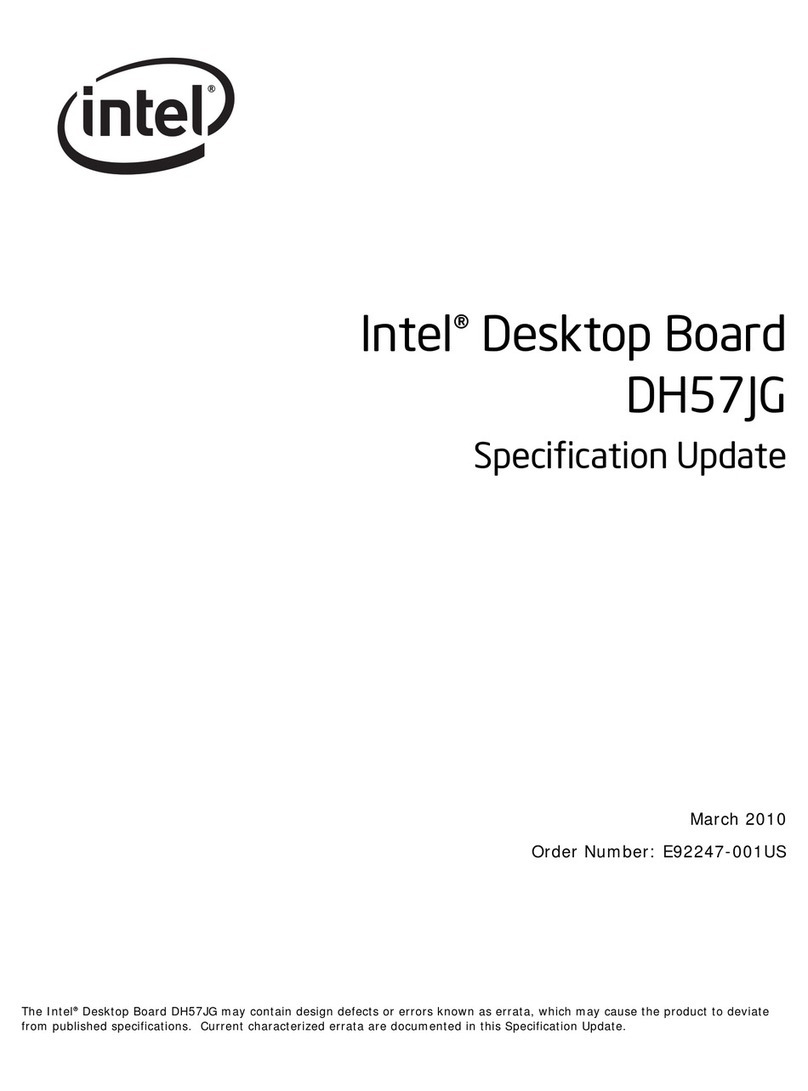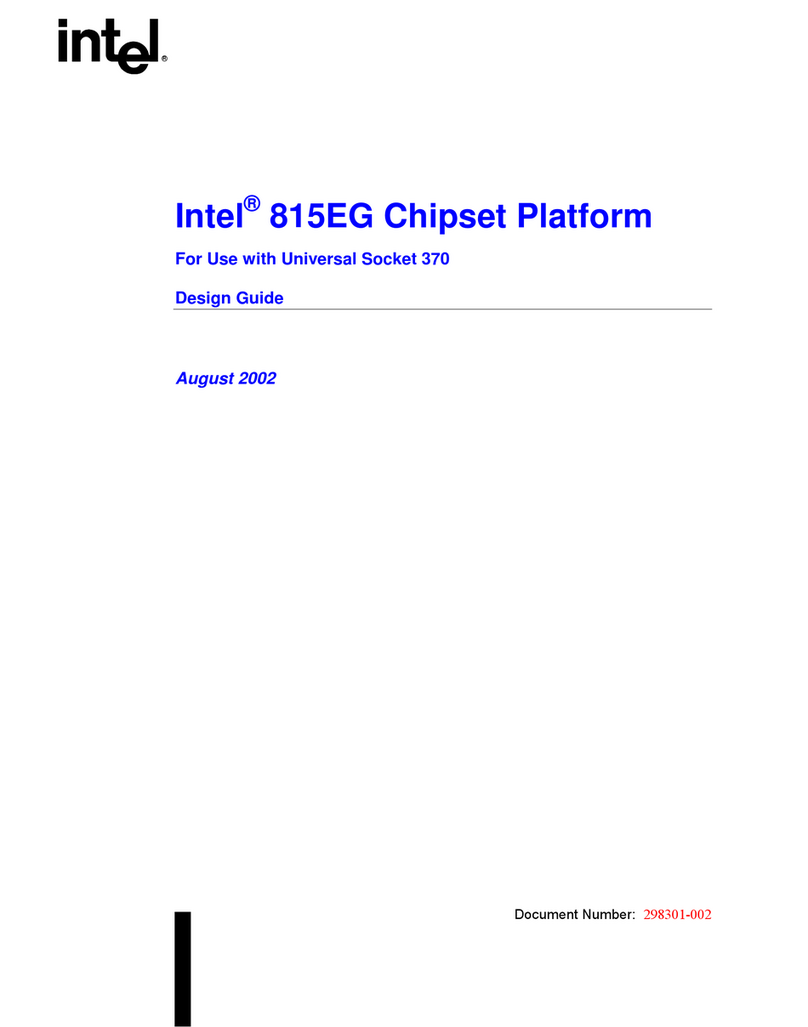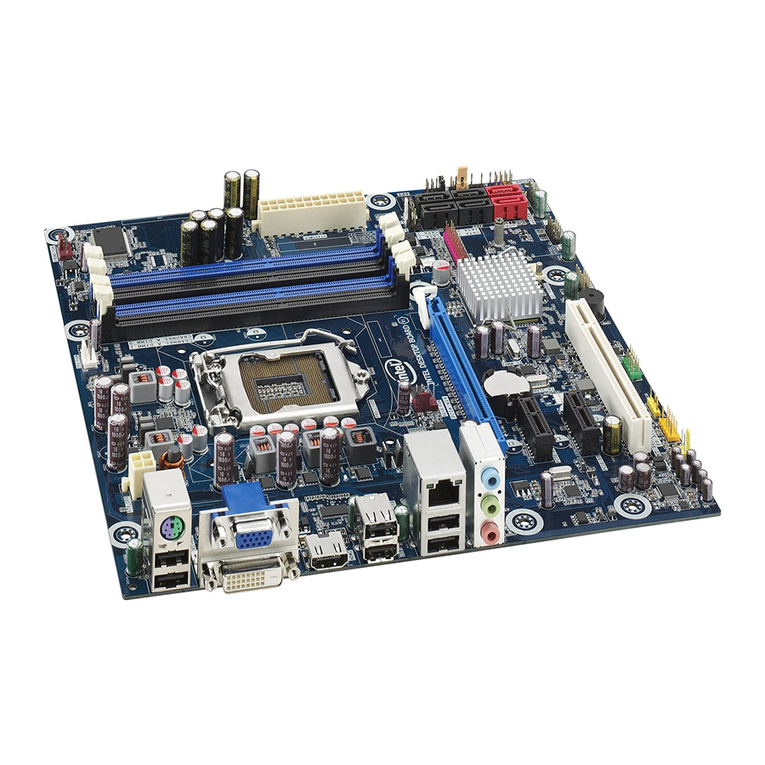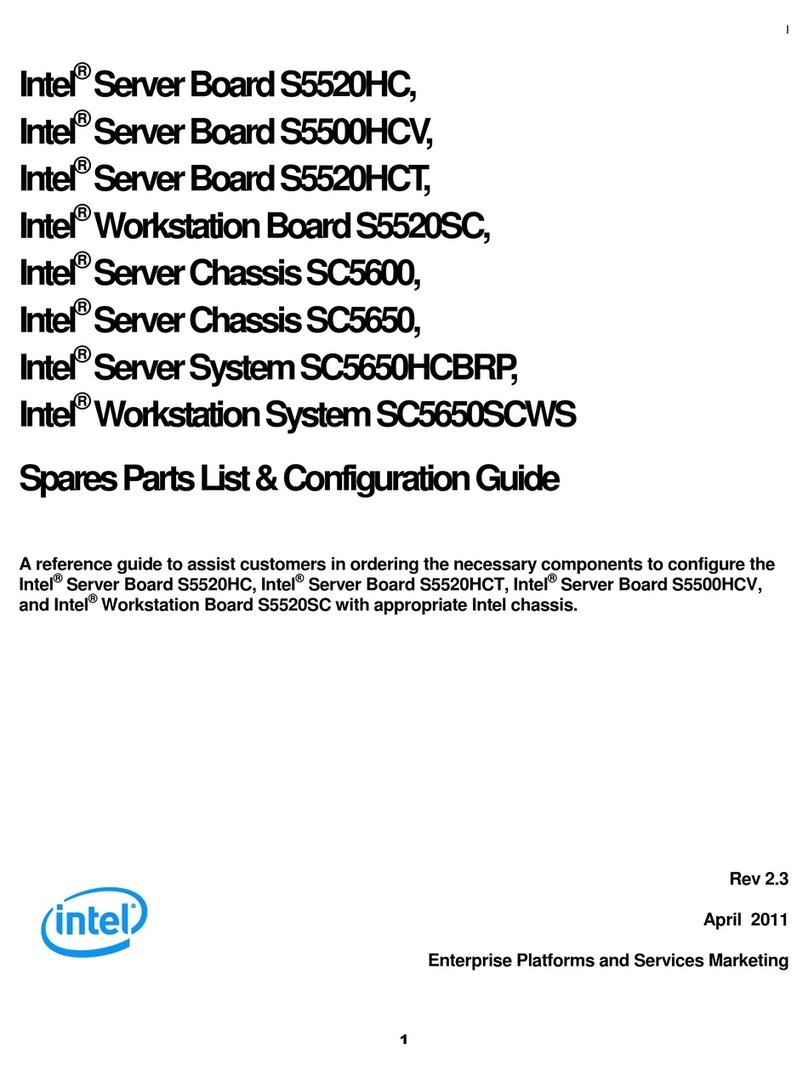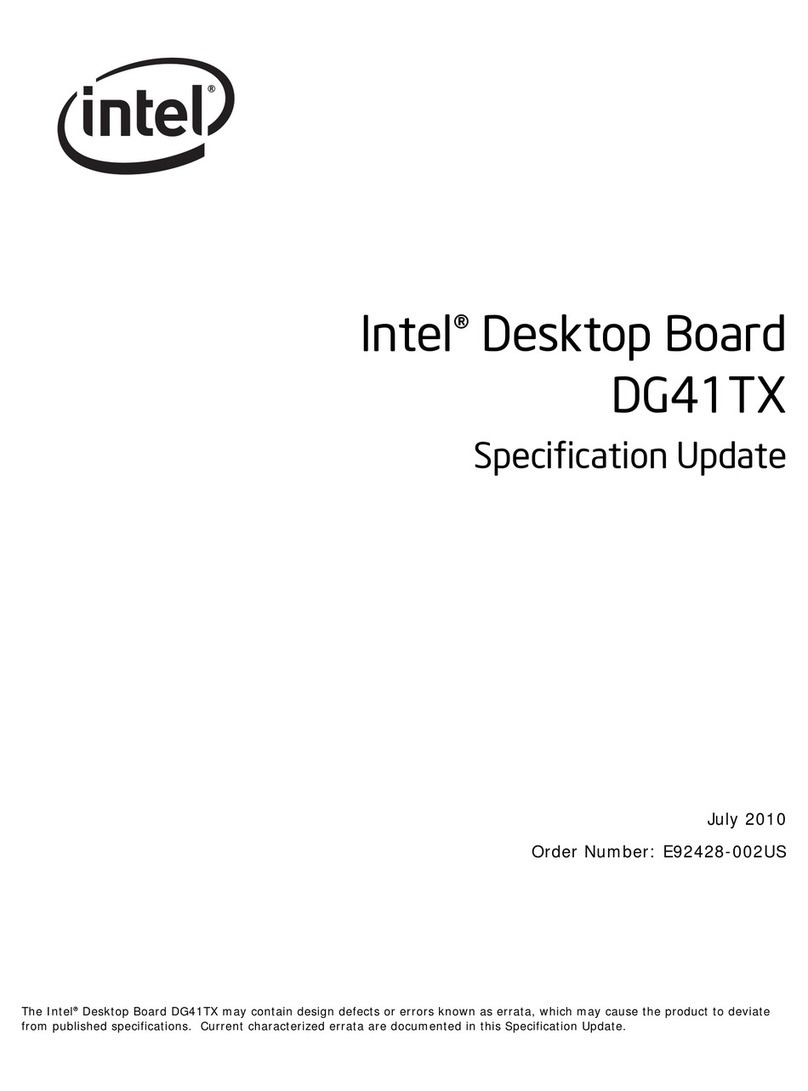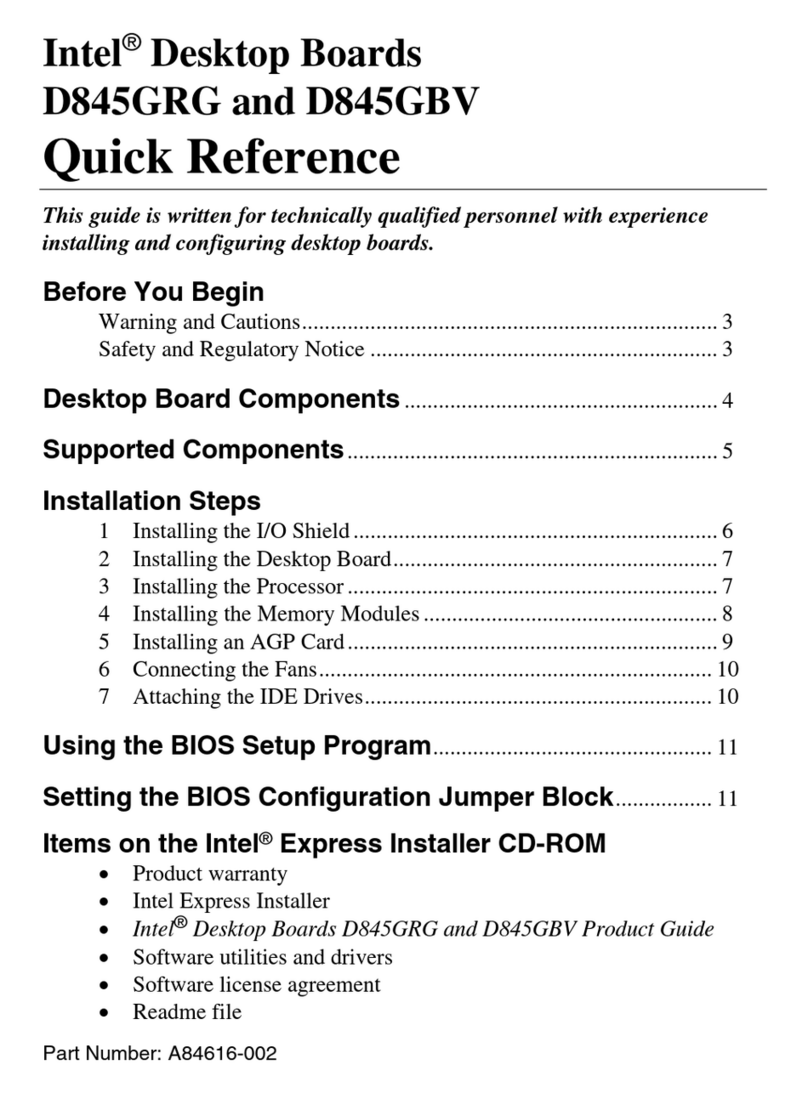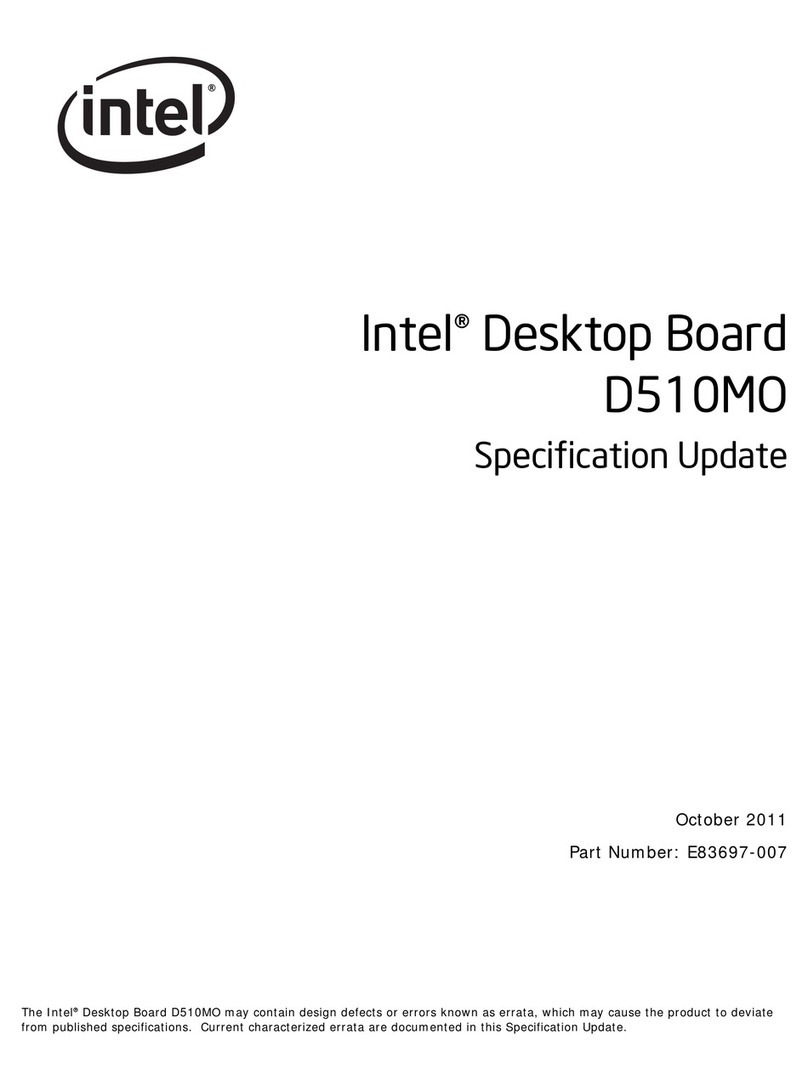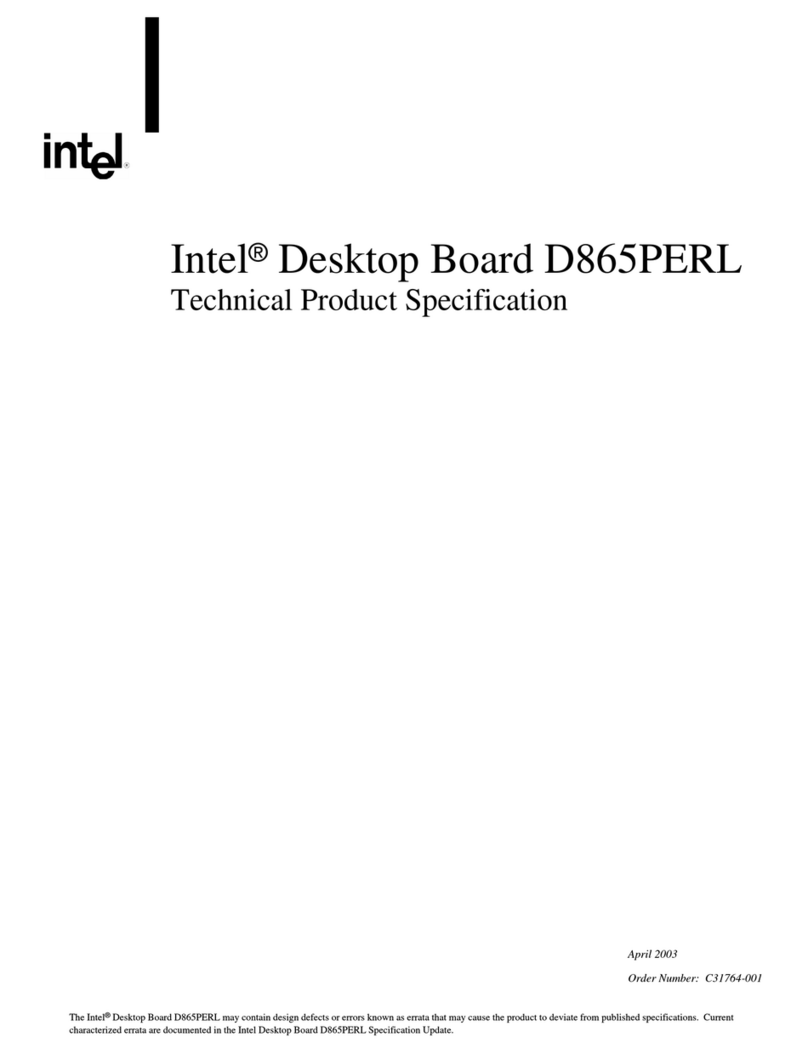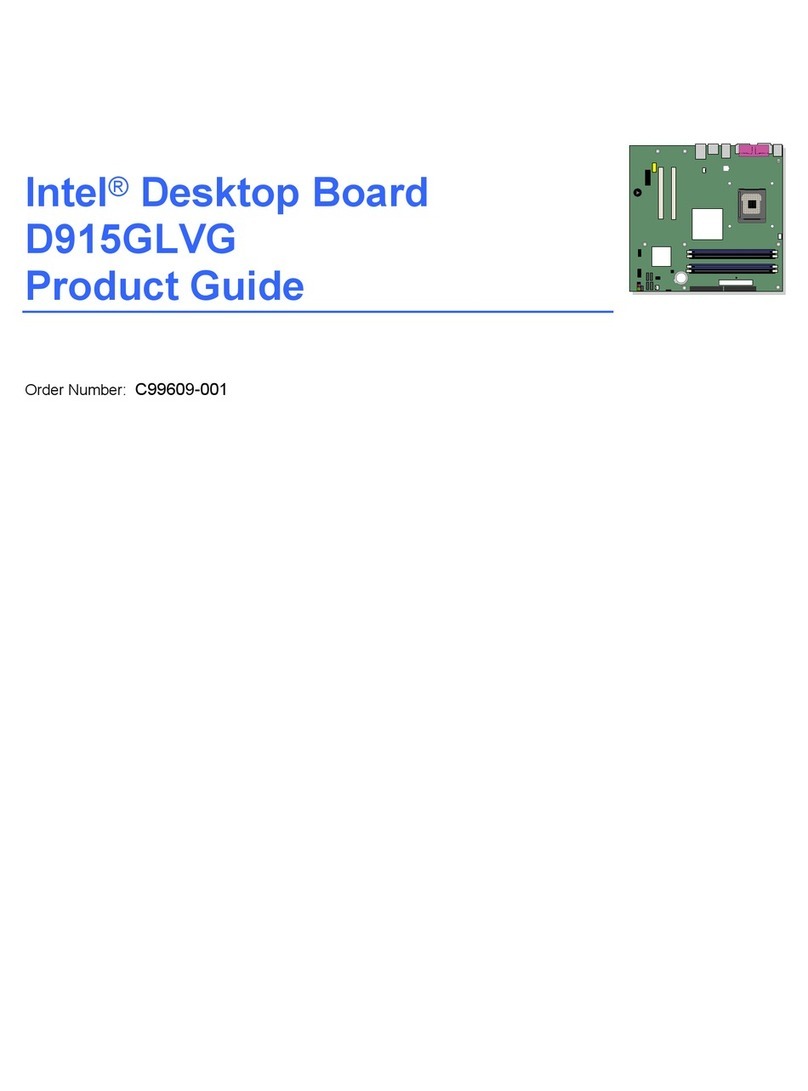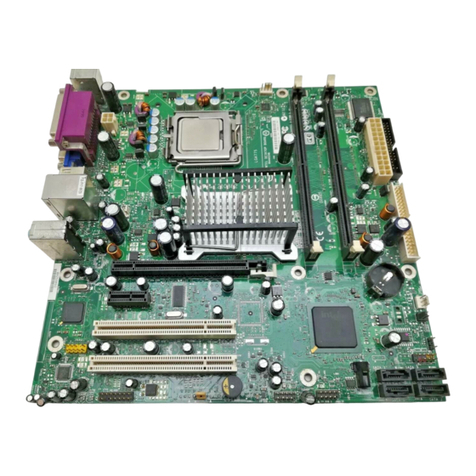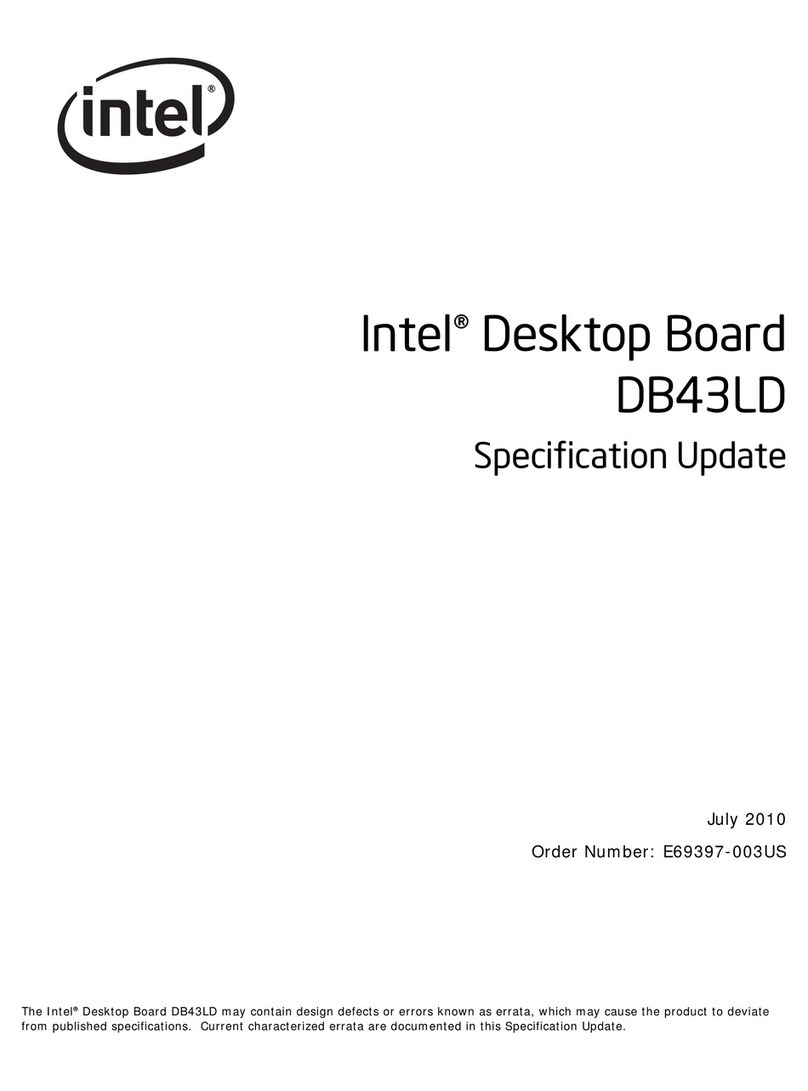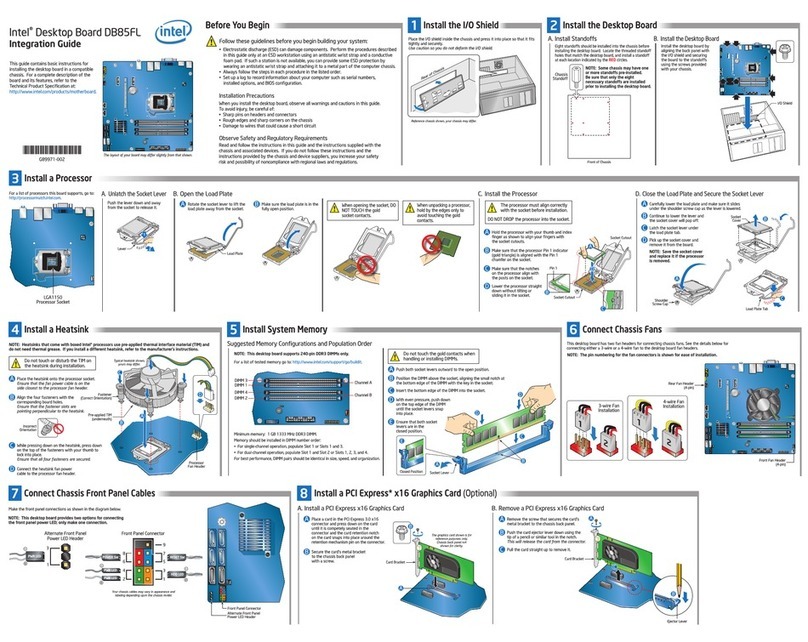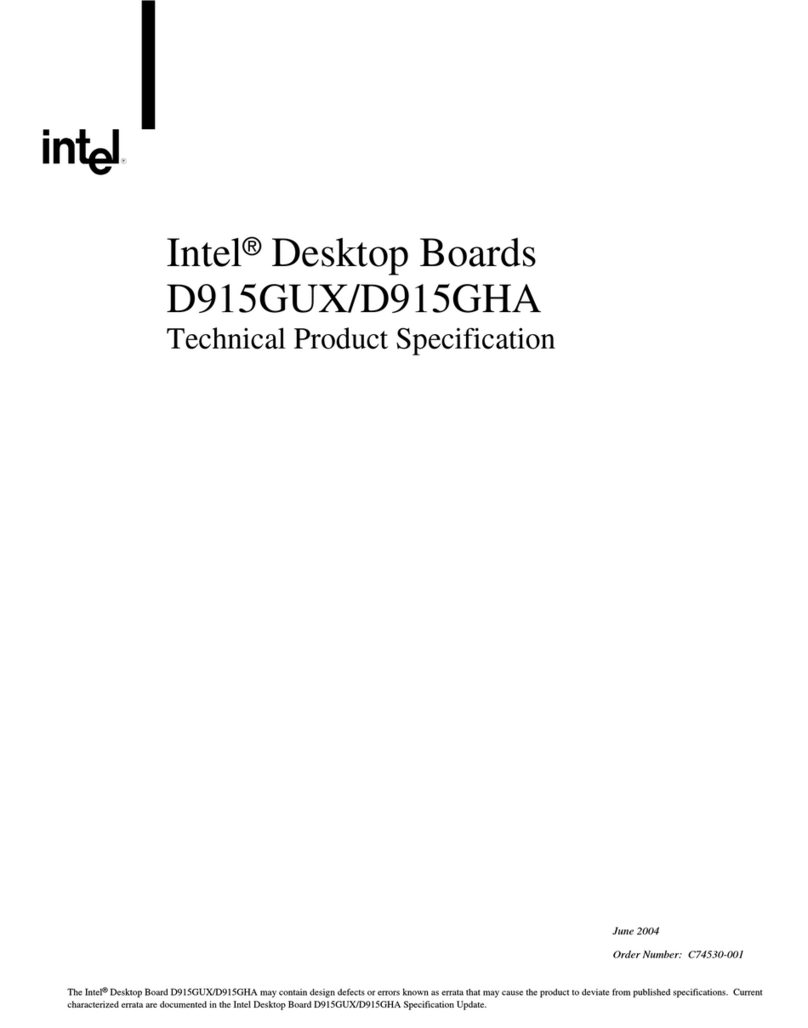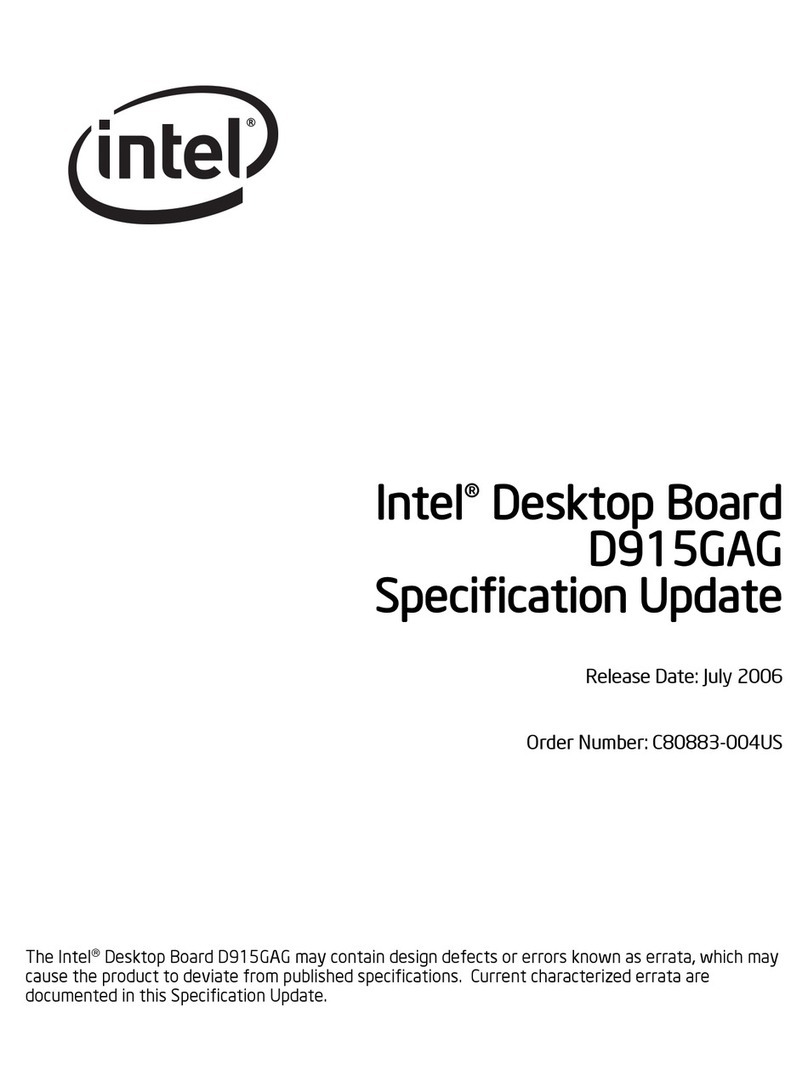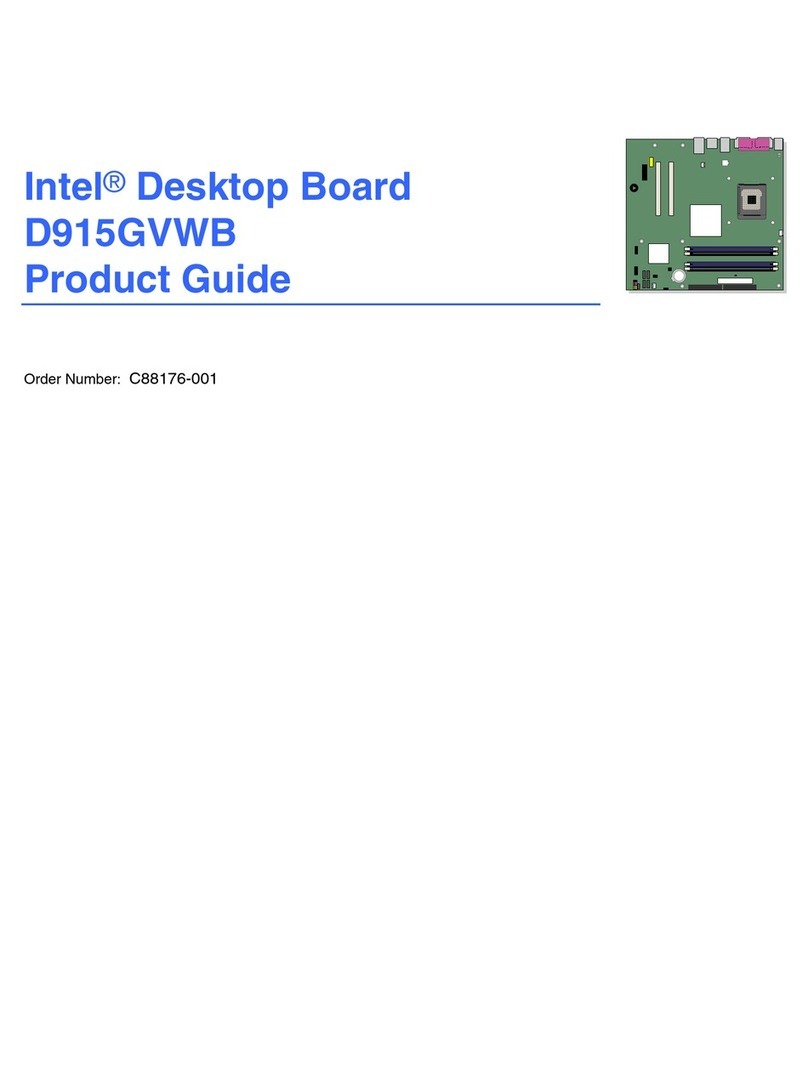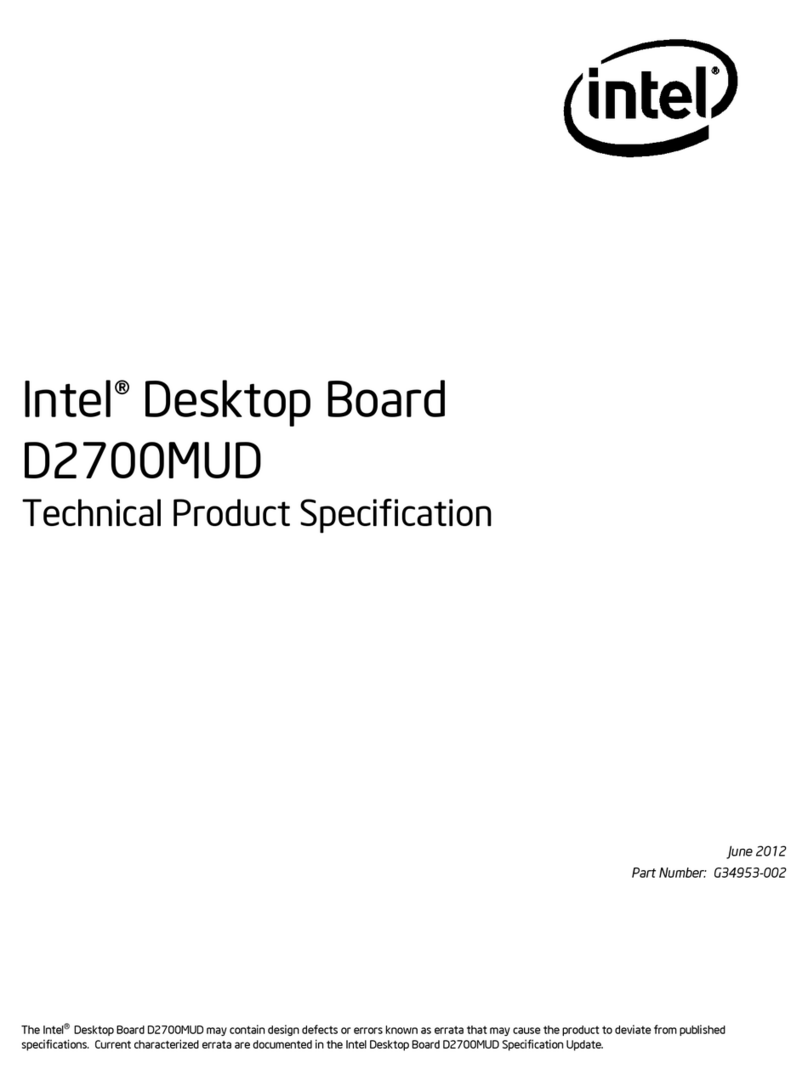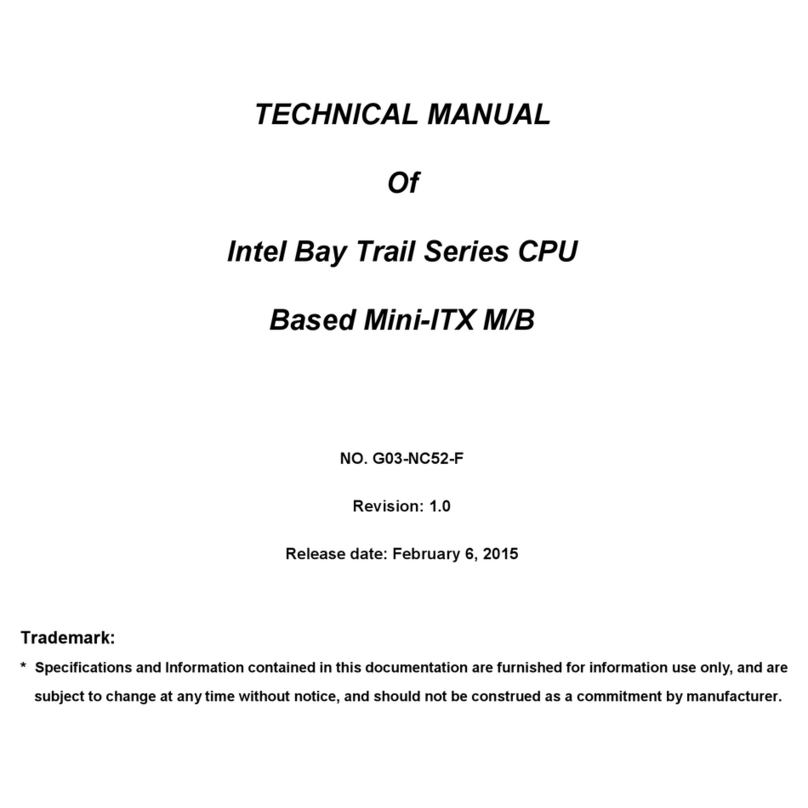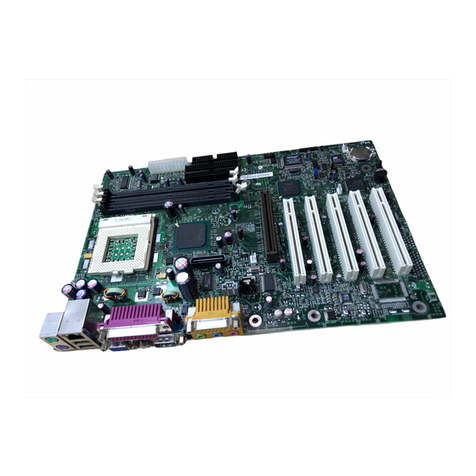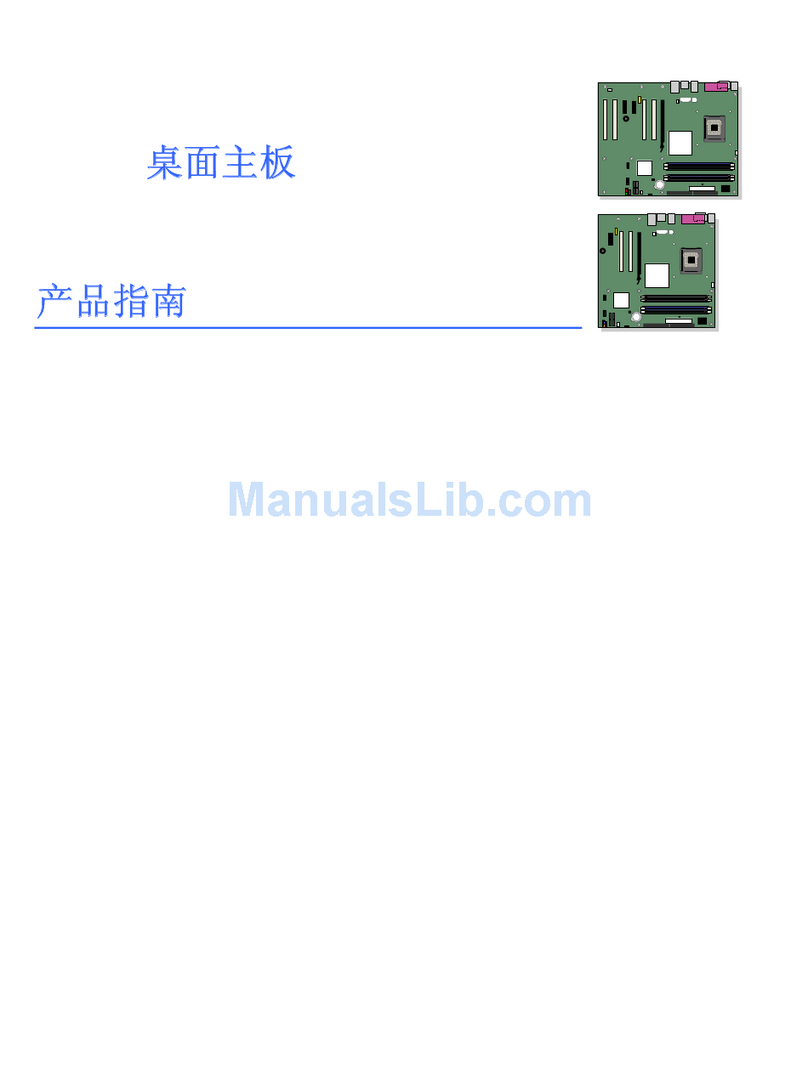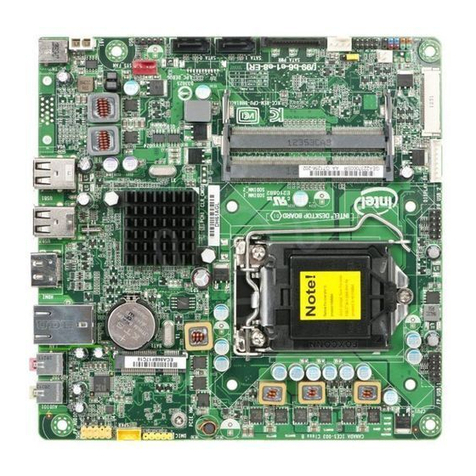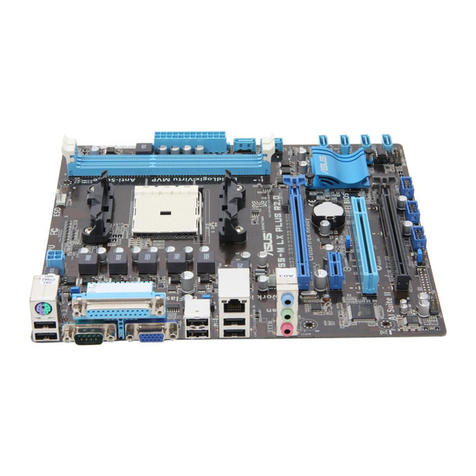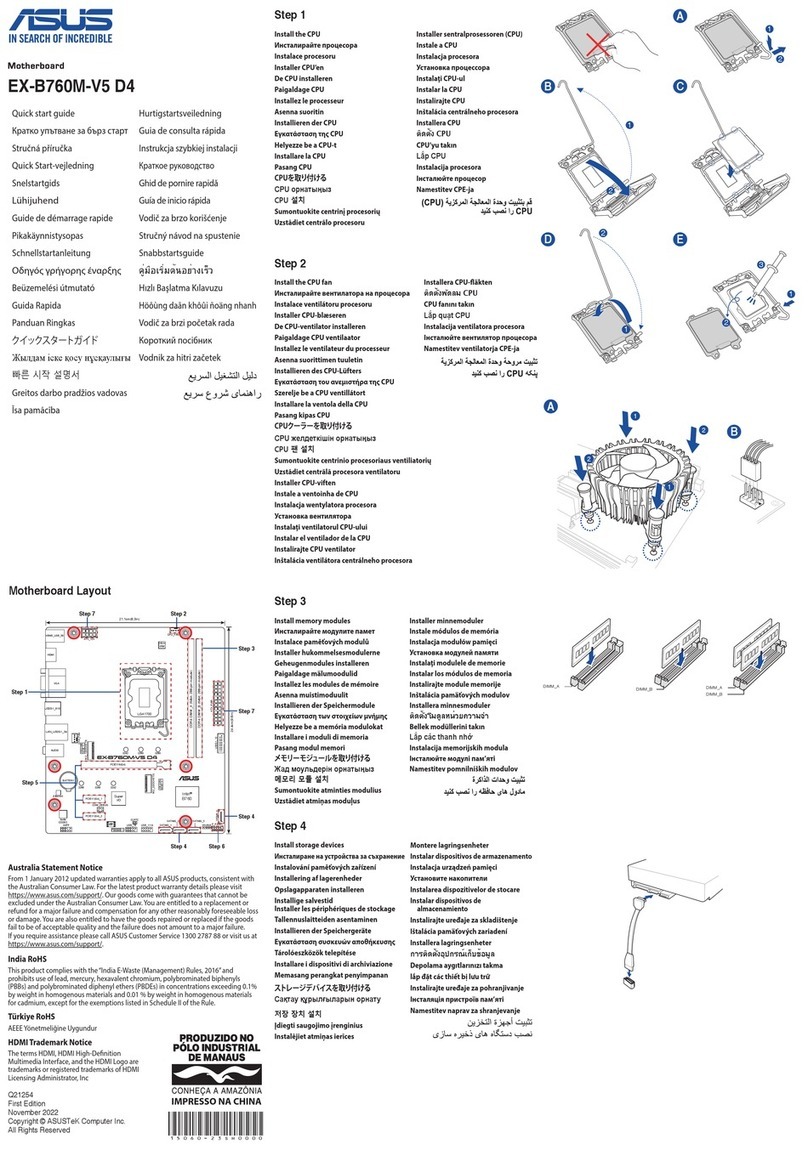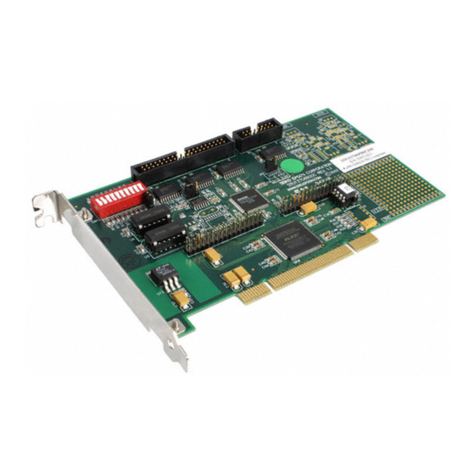
4Contents
Change Configuration Settings........................................................ 34
Advanced Options ..................................................................... 35
Save Configuration............................................................................ 35
View Switch/Jumper Settings.......................................................... 36
Exit...................................................................................................... 36
SCU Utilities...................................................................................... 36
Configuration Settings for the Motherboard .................................. 38
Server Management.......................................................................... 47
Using Setup .............................................................................................. 48
Record Your Setup Settings.............................................................. 48
If You Cannot Access Setup ............................................................. 49
How to Enter and Start Setup.......................................................... 49
Press <F2> Key to Enter Setup: Prompt Does Not Display.......... 50
Enable <F2> Prompt by Using SCU.......................................... 50
Enable <F2> Prompt by Changing a Jumper and Using SCU 51
Setup Menus...................................................................................... 52
Main Menu......................................................................................... 54
Primary IDE Master and Slave.................................................. 55
Secondary Master and Slave ..................................................... 56
Keyboard Features ..................................................................... 56
Advanced Menu................................................................................ 57
PCI Configuration ...................................................................... 58
Integrated Peripheral Configuration......................................... 60
Security Menu.................................................................................... 62
Server Menu ...................................................................................... 64
System Management.................................................................. 65
Console Redirection ................................................................... 67
Boot Menu.......................................................................................... 68
Boot Device Priority................................................................... 68
Hard Drive.................................................................................. 69
Exit Menu........................................................................................... 69
Using SCSISelect....................................................................................... 70
How to Enter and Start SCSISelect................................................... 70
Main Menu, SCSISelect...................................................................... 71
Configuration Menu, SCSISelect................................................ 72
Boot Device Options, SCSISelect................................................ 73
SCSI Device Configuration, SCSISelect..................................... 74
Advanced Configuration Options, SCSISelect.......................... 76
SCSI Disk Utilities Menu, SCSISelect ........................................ 78
Exit Menu, SCSISelect................................................................. 78
Installing Video Drivers .......................................................................... 79
Configuring the Network Controller...................................................... 79
